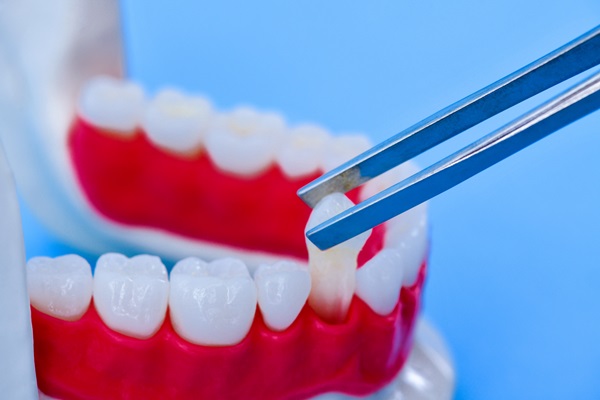How Does Facial Liposuction Work?

Over the years, facial liposuction has been carefully studied and shown to be safe and effective — particularly for small areas, such as the chin and neck. Additionally, the results are immediate and the recovery is fairly easy.
Yo-yo dieting, intense workout routines, nothing seems to work to reduce the fat in your face and neck. Liposuction starts to sound more and more appealing, but you just don’t know if it is right for you.
Nevertheless, there are risks that come with each type of procedure and it’s crucial to be educated about all of them before going through with the surgery. Remember, research is the key to getting the results you want.
Preparing for the facial liposuction procedure
Like any cosmetic procedure, you will need to schedule a consultation with a plastic surgeon beforehand. Going into this, you should have some goals in mind for what you would like to achieve aesthetically. It’s important to understand that the goals you have in mind might not be realistic with your facial structure.
During your consultation, the surgeon will examine your face and bone structure to determine how close they can get to your goal. Take this appointment as an opportunity to learn more about the procedure and any risks that may accompany it.
What happens during a facial liposuction treatment?
Facial liposuction is typically performed under light sedation and local anesthesia, however, this may vary depending on what other procedures are being done. Once the patient is sedated, the surgeon makes small incisions in the natural folds under the chin and uses a thin tube, or a cannula, to break up the fat and suction it out. Occasionally, the surgeon uses other technologies to emulsify the fat before removing it.
In one method, the surgeon engorges the tissues using a tumescent technique for a firmer working area. This technique involves injecting the area with sterile saline, lidocaine and epinephrine. Another technique you may have heard of is ultrasound-assisted liposuction. This entails using ultrasound vibrations to turn the fat cells into liquids, thus making them easier to remove. They are then removed using a cannula, in the same way as the standard procedure. Consequently, this process is more time consuming and some skin complications, such as necrosis and seromas, have been attributed to this procedure.
For this reason, surgeons recommend external ultrasound-assisted liposuction, which involves using the ultrasound device outside the body. Alternatively, laser-assisted liposuction uses thin laser fibers to focus low-energy waves into the incisions. Like ultrasound-assisted liposuction, this turns the fat into liquid, making it easier for the cannula to extract. It has been found that this type of liposuction is the most effective when integrated with traditional liposuction.
The recovery process
Recovery from facial liposuction is fairly straightforward. Of course, there will be some mild pain and discomfort as well as swelling or bruising, but that can be controlled with painkillers. A cold compress can also help with the swelling.
Patients typically return to an everyday routine within five days. All of these vary from patient to patient, depending on what exact procedures are done and in what method. Please consult your doctor for a more accurate set of expectations.
Are you considering facial liposuction in the Lee's Summit area? Get more facial liposuction information at https://spectrumsurgical.net.
Check out what others are saying about our services on Yelp: Read our Yelp reviews.
Recent Posts
A dental implant is considered the gold standard of dental restorations. Titanium rods act as dental roots that stimulate the jawbone. The artificial crowns replace the missing ones above the gumline. These restorations are what you need to have stable, natural-looking teeth again. Here are the details about the role of a dental implant in…
A dental implant is considered the gold standard of dental restorations. Titanium rods act as dental roots that stimulate the jawbone. The artificial crowns replace the missing ones above the gumline. These restorations are what you need to have stable, natural-looking teeth again. Here are the details about the role of a dental implant in…
A regular dentist can refer you to an oral surgeon if you need more dental care. This type of surgeon can perform procedures that can improve the face, mouth, or neck. Understanding the reasons for a referral to this provider can help you prepare for your procedure. Here are the reasons your dentist will refer…
A sinus lift or sinus augmentation can build up your upper jaw. This procedure is invasive. The dentist will take healthy bone and place it in the section of the maxilla that needs it. Here are the sinus lift benefits that you must consider.Studies show that a thinning upper jawbone can result in the weakening…

